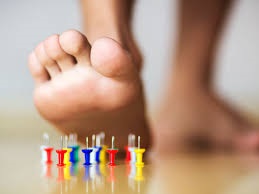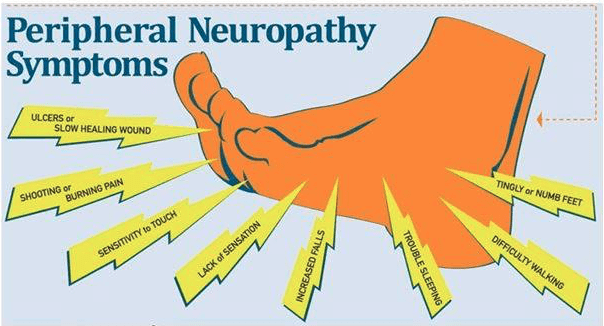Treatments
>
Neurological
Treatments for Neurological Conditions
Click on any of the items below to jump down the page to the relevant section.
We have included a lot of information about how you can benefit from Acupuncture Treatments and how they work.
Spinal Cord Injury/Stroke Sequella:
When the spinal cord has been damaged, it is essential for acupuncture therapy to begin as soon as possible, ideally within days or weeks of the injury. After 18 months the likelihood of recovery is greatly decreased; Although pain is still likely to be reduced with acupuncture therapy, function is very unlikely to be restored. The same is true when a Stroke occurs. Treatment for post-stroke sequella needs to occur frequently (nearly daily for 2 weeks) and as soon as possible after release from the hospital for the most beneficial effect. Treatment for both of these conditions is in the scalp. Our clinic employs techniques taught at Dr. Zhu’s Neuro-Acupuncture and Rehabilitation Center in Santa Clara California
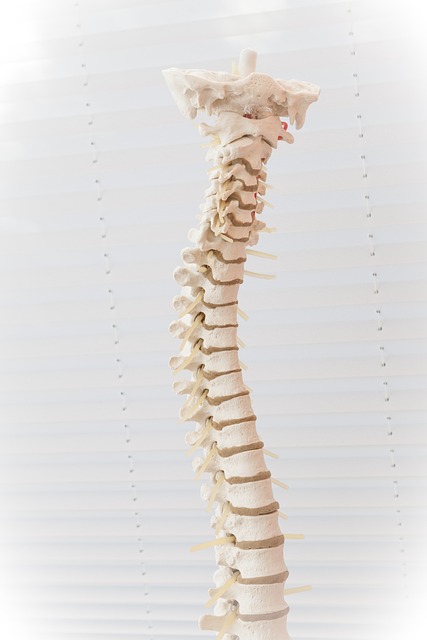
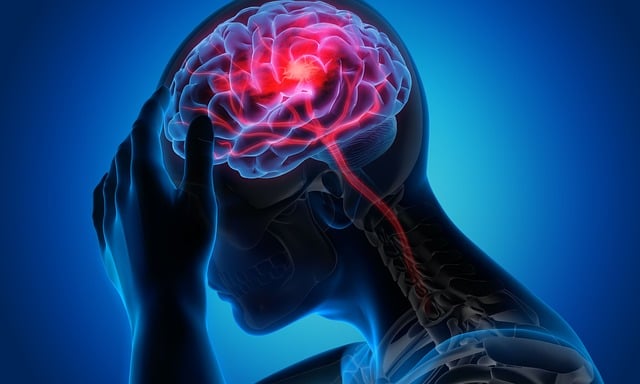
Headache / Migraine:
Tension headaches, cluster headaches and “true” migraines all have in common a neuro-muscular trigger as a component. Some schools of thought classify all headaches as variant forms of migraine.
Regardless of the western label given, the neuromuscular component is addressed by acupuncture effectively by deactivating reactive trigger points and muscle tension and by easing the reactive tone of the nervous system. Treatment is directed at interrupting the trigger and cascade of symptoms that follows in the initial phase, and needs to be done regularly at first to achieve this result. Follow up sessions with extended intervals over time can place chronic headaches and migraine disorders in remission.
This Study shows that a minimum of six acupuncture treatments effectively reduces the frequency and severity of episodic migraines for up to six months after treatment.
Sciatica:
The sciatic nerve is commonly subject to irritation in two places: first, at the roots of nerves leaving the spine in the lower back before they bundle together to form the sciatic nerve, and second, in the hip region where the sciatic nerve passes through a key structural balance point. Whether the inflammation results from deep spinal structures in the lower back pinching the nerve roots, or from deep rotator muscles of the hip (usually the piriformis) squeezing the nerve itself, symptoms including pain and numbness may be felt all down the length of the nerve pathway, from hip to foot.
Acupuncture has a very high rate of effectiveness in the treatment of this common disorder. It helps by releasing the tight muscular patterns that constrict the sciatic nerve, and by reducing inflammatory agents in your system.
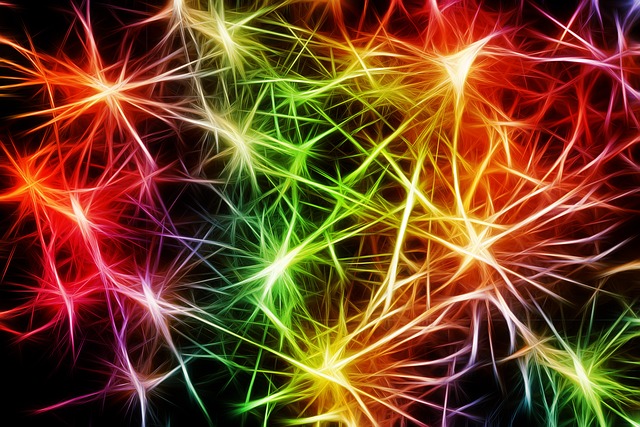
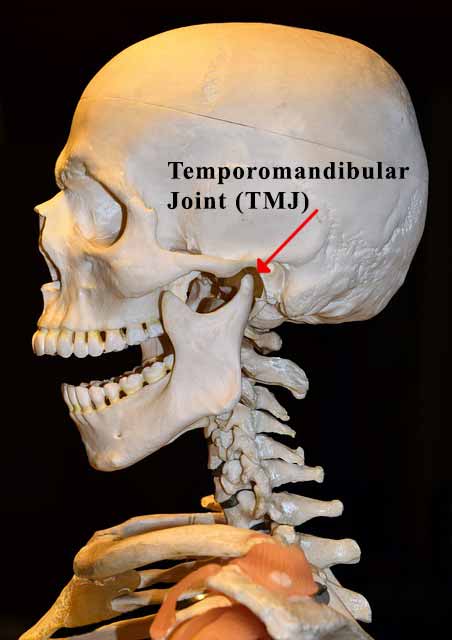
TMD/Temporomandibular Disorder
aka TMJ/Temporomandibular & Joint Pain
It has been documented that acupuncture can help muscle relaxation and reduce muscle spasms, if the spasms are muscular in origin. Acupuncture can also help minimize TMJ “clicking” by relaxing the lateral pterygoid muscles, and thereby reducing the anterior displacing force on the meniscus of the TMJ. Research articles include National Institute of Health Metadata Analysis, and this article by the TMJ Association
Fibromyalgia:
Fibromyalgia Syndrome (FMS) is a noninflammatory disorder of the soft tissue. It is usually preceded by traumatic injury, exposure to environmental toxins, acute illness or emotional trauma in which the normal recovery mechanisms do not operate properly. This results in pain, fatigue, sleep and digestive disorders. 70% of those diagnosed with FMS fit the clinical criteria for Chronic Fatigue Syndrome. Acupuncture has been studied and found to be very effective in the treatment of fatigue, pain and sleep in this population. It can also be effective in the treatment of digestive disorders related to FMS.
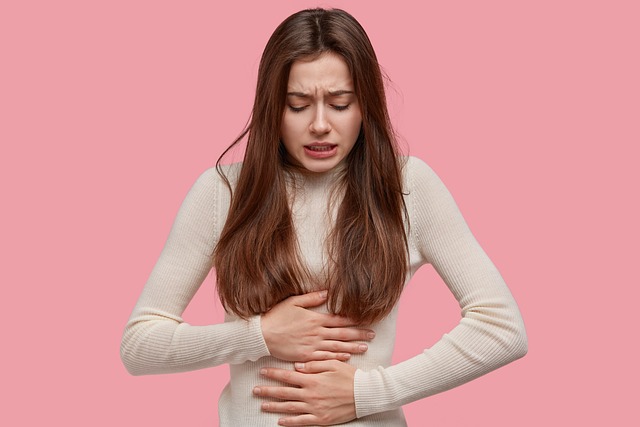
Peripheral Neuropathy:
When nerves are damaged in the peripheral nervous system, people feel numbness and pain in the feet and often the hands as well. The sensation is often described as a tingling or burning sensation and a lack of feeling similar to wearing a thin stocking or a glove. If motor nerves are affected, there will be reduced function or even paralysis of the extremities. Many different nerves can be affected, from sensory nerves that register heat, pain or touch, to motor nerves that control muscle movement, as well as autonomic nerves that control blood pressure, heart rate, digestion and bladder function. Peripheral neuropathy can result from traumatic injuries, nutritional deficiencies, infections, autoimmune diseases, metabolic problems and exposures to toxins, including chemotherapy.
According to Traditional Chinese Medicine, pain and dysfunction as a result of peripheral neuropathy are caused by a blockage of qi-energy and blood. If qi-energy and blood don’t flow properly, cells and tissues are prevented from receiving nourishment, leading to pain and functional problems.
In addition, depending on the symptoms experienced, there may be specific meridians that are also affected by the condition. This can affect where the pain and numbness are occurring, and can also be responsible for accompanying symptoms. Acupuncture treatment typically will involve both local points to treat the meridians affected and the symptoms experienced, combined with points for strengthening and building up the body to augment qi-energy and blood.
The Foundation for Peripheral Neuropathy has a good discussion of this syndrome, and the use of acupuncture as one of the treatments often used for resolving neuropathy.
Healthline has an extensive discussion on neuropathy and poor circulation in general as well.

